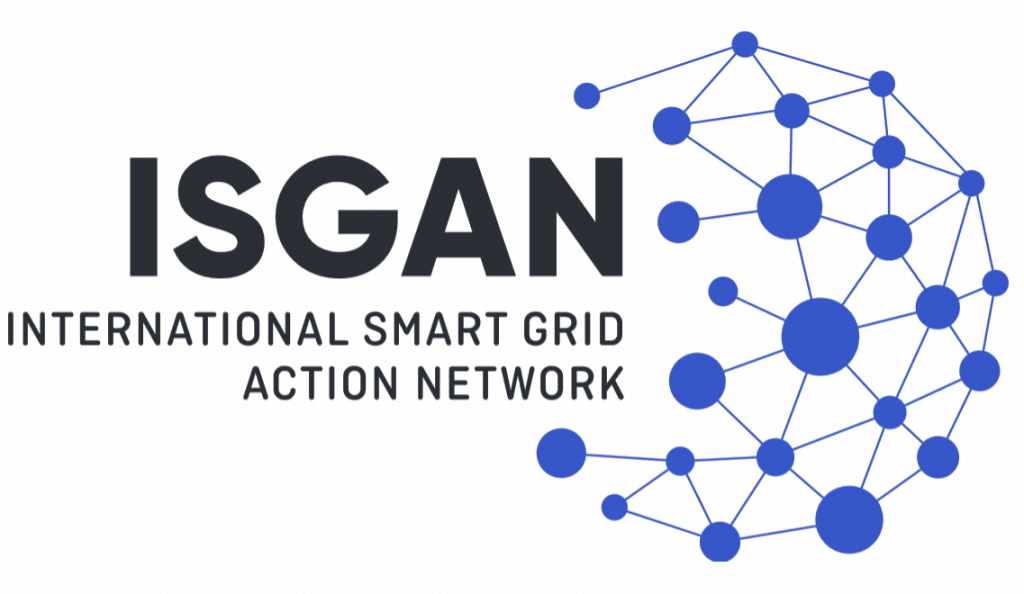A growing amount of variable renewable energy generation, coupled with increasing consumer involvement through micro generation and flexible demand management, challenge the old ways of planning, operating, and investing in power systems.
In most developed countries, the existing electric infrastructure and workforce is rapidly aging, while in many developing countries, demand for electricity is rapidly rising. Across this landscape of change, it is crucial for policy-makers to understand the synergies between grids and information and communication technologies. Only smart and strong grids will connect people with reliable clean energy. This paper presents a part of the work being done within ISGAN Annex 6 on Power T&D Systems. International Smart Grid Action Network (ISGAN) is an initiative within the Clean Energy Ministerial (CEM) and an Implementing Agreement within the International Energy Agency (IEA). For more information please go to www.iea-isgan.org, or www.cleanenergyministerial.org/Our-Work/Initiatives/Smart-Grid.
This work involves the major economies and consequently major energy users in the world and is addressing the challenges for a secure and clean energy system including the concerns put forward by Intergovernmental Panel on Climate Change (IPCC). IEA publish regularly the reports World Energy Outlook (WEO) and Energy Technology Perspectives (ETP). In addition IEA has published a number of Technology Roadmaps, e.g. on Smart Grids, Wind Energy, Concentrating Solar Power (CSP), Solar PV Energy and Energy Storage. All scenarios showed by IEA are indicating a further increase of electricity as energy carrier both due to the integration of Renewable Energy Sources (RES) and due to increased electricity consumption in many countries, besides common applications also due to increased use of home electronics, heat pumps, air conditioning and electrical transportation (e.g. electrical vehicles, high speed trains). Increased variable electricity production (large scale and distributed) will require mitigation from storage and/or demand response. This will give further demands for capacity, flexibility and reliability of the future power T&D system.

